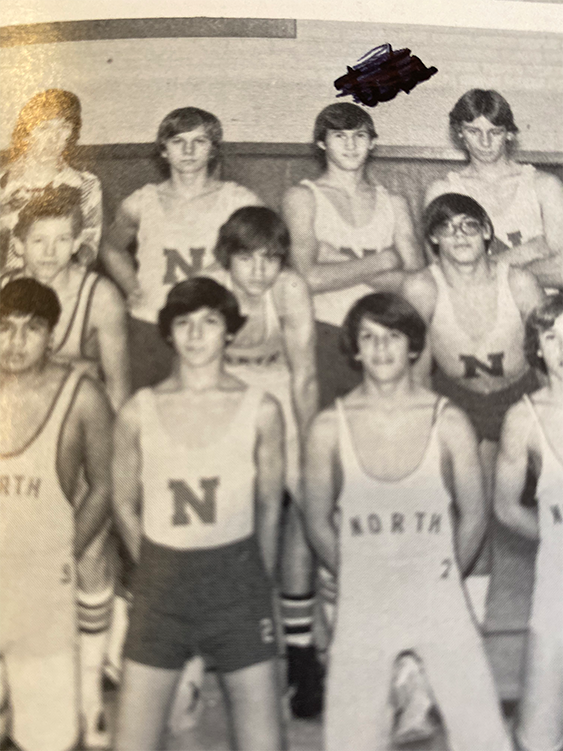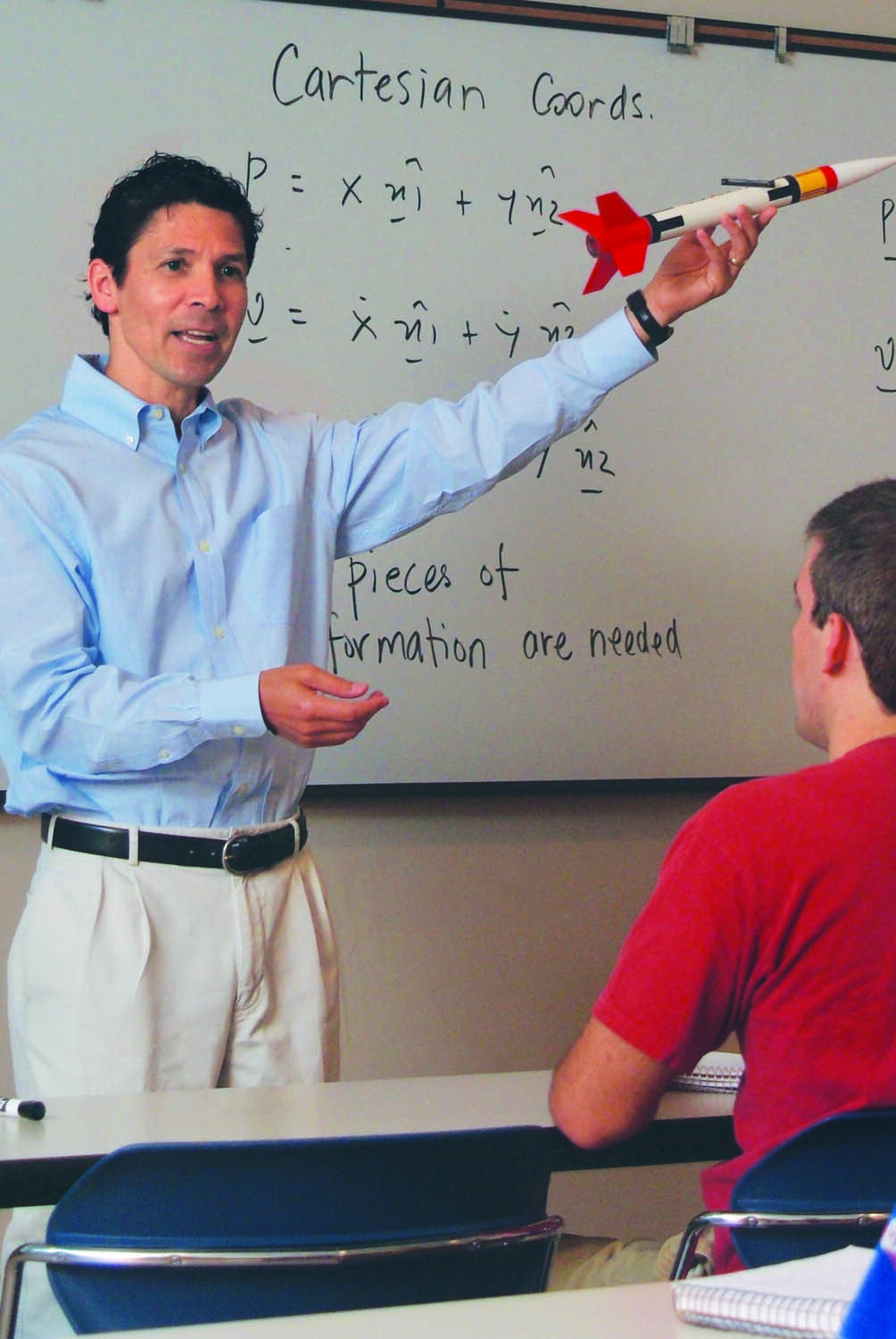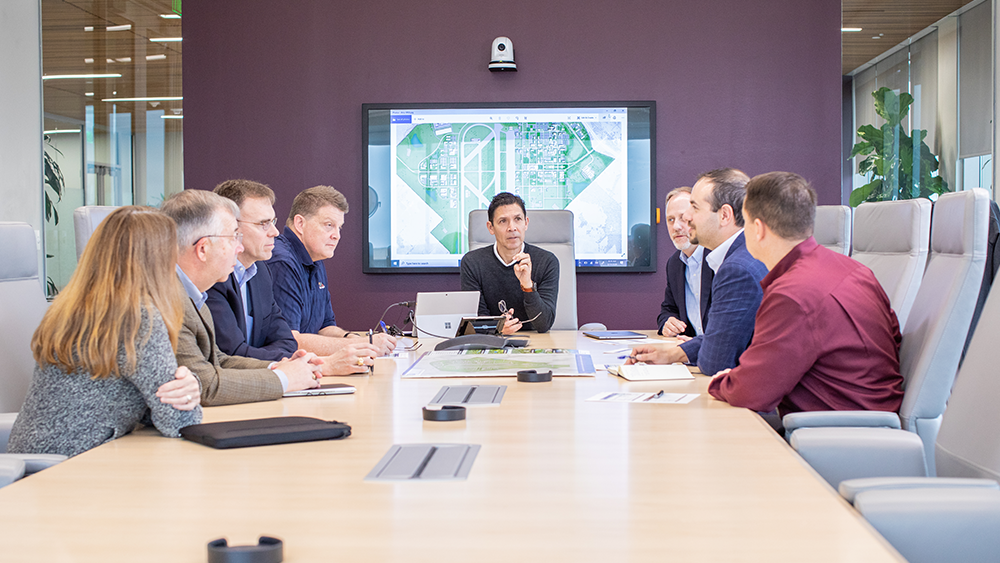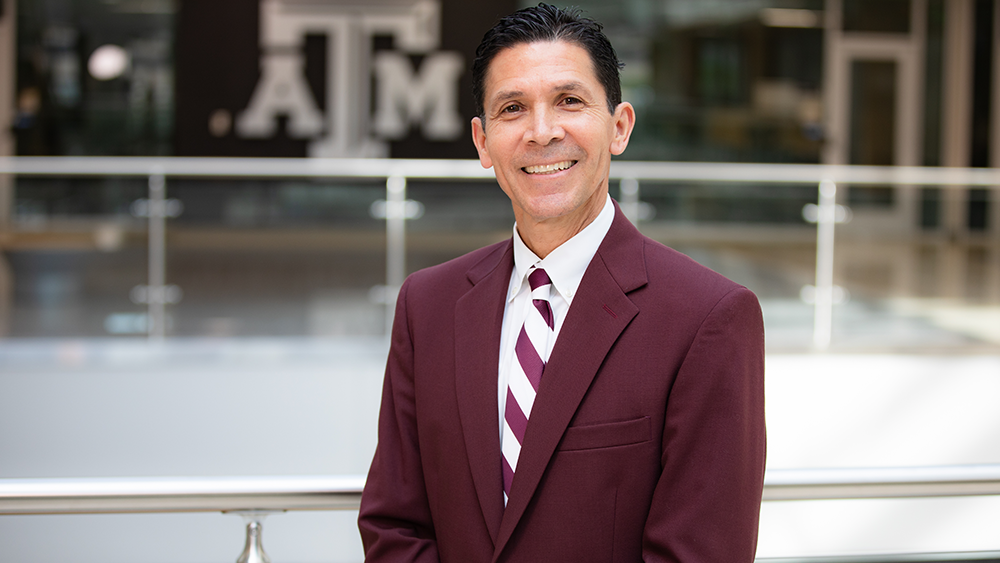I remember visiting Texas A&M University. I came here, and I fell in love with it.

Hurtado grew up in Fresno, in the San Joaquin Valley, where canals dug more than a century before transformed a once barren gold rush town into a fertile valley ripe for agriculture. His grandparents owned a small farm, and Hurtado worked alongside his family picking grapes.
After graduating from high school, he worked for a few years before deciding to go to a community college, where he excelled in math and physics.
“I had some wonderful teachers there who were encouraging me to study engineering,” he said. “And that’s what I did.”
After completing some years at Fresno City College, he transferred to San Diego State University and majored in aerospace engineering. A first-generation college student, Hurtado relied on the advice of faculty and advisors who encouraged him to go to graduate school.
“I remember visiting Texas A&M University,” he said. “I came here, and I fell in love with it.”
Hurtado earned his master’s and doctorate from Texas A&M, both in aerospace engineering, before starting his career as a researcher at Sandia National Laboratories in Albuquerque, New Mexico.
“I really liked that work,” he said. “It was very applied engineering, and my education at Texas A&M prepared me so well.”
A few years into his career at the national lab, Hurtado joined a small team to develop swarm robotics. Together, they built more than 30 sugar cube-sized robots that could communicate with one another while working independently. Their goal was to discover if collective behavior could accomplish a task that a single robot working alone could not. The patented robots from that project are now part of a permanent collection at the Smithsonian Institute’s National Museum of American History.

Returning to Aggieland
In 2001, Hurtado returned to Aggieland as a faculty member in the Department of Aerospace Engineering. He later joined the leadership team of former vice chancellor and dean Dr. M. Katherine Banks as an associate dean. In that role, he helped shepherd the development of academic success programs like the Zachry Leadership Program and ENGR[x]. He also assisted in designing the curriculum for the Bachelor of Science in Interdisciplinary Engineering degree, as well as the Engineering Medicine (EnMed) program.
“I thoroughly enjoyed that and was able to help Dr. Banks accomplish some of her vision for what the college would become,” he said.
Hurtado later served as interim department head in the Department of Nuclear Engineering before leading the George H.W. Bush Combat Development Complex (BCDC) at its inception.

Focusing on faculty
Hurtado said he wants to ensure that engineering faculty at Texas A&M are supported and elevated.
“We are investing in facilities and in many other areas for them to be successful in conducting their basic and applied research,” he said. “We have an opportunity to make a significant impact here in the state of Texas and in the nation through our relationship with Los Alamos National Laboratories and with our applied research being conducted at the Bush Combat Development Complex.”
Some of the primary focus areas of the BCDC are autonomous systems, hypersonics and directed energy research.
“In the College of Engineering, we have experts who lead these fields, and it’s a wonderful opportunity to have a national impact,” he said.
Hurtado said that with more than 700 faculty, ranging from National Academy members to professors of practice, the college brings a full spectrum of education to students.
“We have faculty who are improving autonomous vehicles and energy efficiency,” he said. “We have faculty who are finding cures for cancer. We have faculty who are involved in sending the next generation to Mars.”
And with research opportunities available to both undergraduate and graduate students, the college continues to prepare engineers for success the same way it prepared Hurtado more than three decades ago.
Taking Texas A&M to the next level
As vice chancellor, Hurtado is also tasked with leading the Texas A&M Engineering Experiment Station (TEES).
“TEES has served the state and the nation for more than 100 years by providing innovative solutions to some of the most challenging problems,” he said. “In the TEES strategic plan, we are committed to growing and strengthening the relationship between fundamental and applied research.”
TEES is also helping develop future leaders by providing workforce training and professional education.
“One additional aspect of TEES is helping researchers develop and commercialize their technologies,” Hurtado said.
An open door
As Hurtado walks through the halls of the Zachry Engineering Education Complex, sometimes donning one of his many bow ties, he greets the faculty, staff and students he passes with a smile and a “Howdy.” It’s the Aggie way.
“I’m excited to serve as interim vice chancellor and dean,” he said. “There is no other engineering program that moves with this tempo and is on this trajectory to impact this country. I’m looking forward to the future.”
